Betrothal: The Engagement
Contents
A Betrothal is an engagement or a promise to wed. In Elizabethan England, most marriages were arranged. Though it was not advisable, with parental permission girls could marry at the tender age of 12 and boys at 14. The most suitable age was however considered to be 18 for girls and 21 for boys.
For lesser noble families the average age for marriage varied between 25 to 26 for men and women 23 because they needed time to get established and support their families.
In noble and rich families the situation was very grave. Children were married very young sometimes at the age of 7 or 8 because they could not support themselves and depended solely on their parent’s decision.
Betrothal was like a marriage contract between the couple which was signed both by the bride and groom who gave their consent to get engaged. During Betrothal, the boy gives a ring to the girl who wears it in her right hand at the time of engagement, which again will be placed in her left hand at the time of marriage. The Betrothal is settled with the bride’s dowry and the husband’s share of property and cash during the union. After marriage, the bride takes over her husband’s surname.
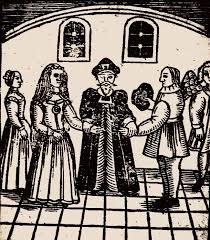
Termination of Betrothal
Both the parties can terminate the contract by mutual consent. The contract can be terminated for infidelity, serious ailment, and change in religion, mutual separation, hostility or enmity. In such cases, the boy has to give back all the gifts, ring or tokens taken during the time of engagement. However, if there was consummation before the marriage, the wedding cannot be called off.
Love and Marriage
Marriages were arranged by parents, friends, and families. It was considered to be highly unwise to fall in love in those times. In the lower section of the society, marriages were arranged mostly between friends and known neighbours and there was scope for choice. But in noble families, it was not the case. Children and wives were considered the property of their husbands and they obeyed “The man of the house” without any refute. Men and women were both expected to marry at the right age and take charge of their own home.
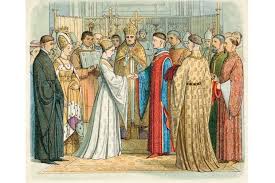
Widows were entitled to one-third of their husband’s property if he has heirs. It was advisable for widows to remarry and take care of her children. A widower could also get married especially if he has children. However, he has to wait for a month before doing so. This waiting period is called “a month’s mind”. Divorce was extremely difficult at that time and one had to go to the Parliament to attain it.
Naming the Baby
Using middle names were not popular at that time. They did not use the word Junior for children, however, they used the word “the Younger”. In the case of Monarchs, they used the word “The Third or The Second”. Nicknames were often given to children, friends or servants like “Jack”, “Kate or Kitty”, “Bess”, etc. The most common names for girls at that time were Elizabeth, Mary or Margaret, Jane, Joan, Bridget or Katherine. For boys, it was John, William, Robert, Henry, Hugh, Thomas, Walter among the few.
Parents often used the same name for their newborn in memory of their deceased child. Children were often named after their grandparents. Christian babies were named after their relatives and Godparents.
Children and Childhood
During the Elizabethan era, the childhood life was sheltered and there were customs even to be followed by children. Boys were the only one who was allowed to play outside and girls mostly stayed at home and helped their mothers. Boys wore clothes which looked like skirts until the age of six. Boys could wear pants from the age of 3 to 7 under the sole discretion of their mothers or the governess. This was celebrated by the family as a coming of age event and was known as “breeching”. For the first 6 to 12 months, infants were wrapped in sheets of clothes or blankets called swaddling bands.
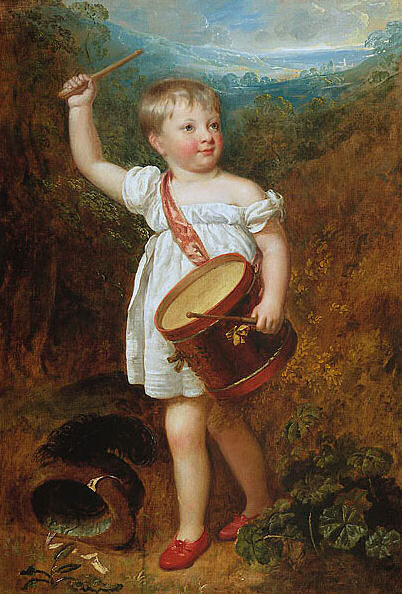
There were provisions against illegitimate children where they could not inherit property, marry or do things like a normal child. Children from noble families were taught disciplines and manners which were to be followed with utmost sincerity or else would be punished.
Heirs and Inheritance
The Elizabethan society was male dominant. The eldest son was the legal heir to the property including its debts. The oldest son owned the family title even if there was an older girl child. The heir is also liable for the daughter’s dowry.
In the case of deceased parents, the minor heir is taken care of by the Crown. The Crown will look after his education and upbringing until he reaches the age of 21. Often the heir’s next of kin or a family friend buys “the marriage rights” of the heir and takes care of him as a family. The mother is also entitled to preserve those rights. The heir must sue the Crown for his rights of inheritance when he comes of age. In case of heiress if she has no brother she becomes the sole owner of the property. In case of an illegitimate child, a Royal decree can only award him his rights.
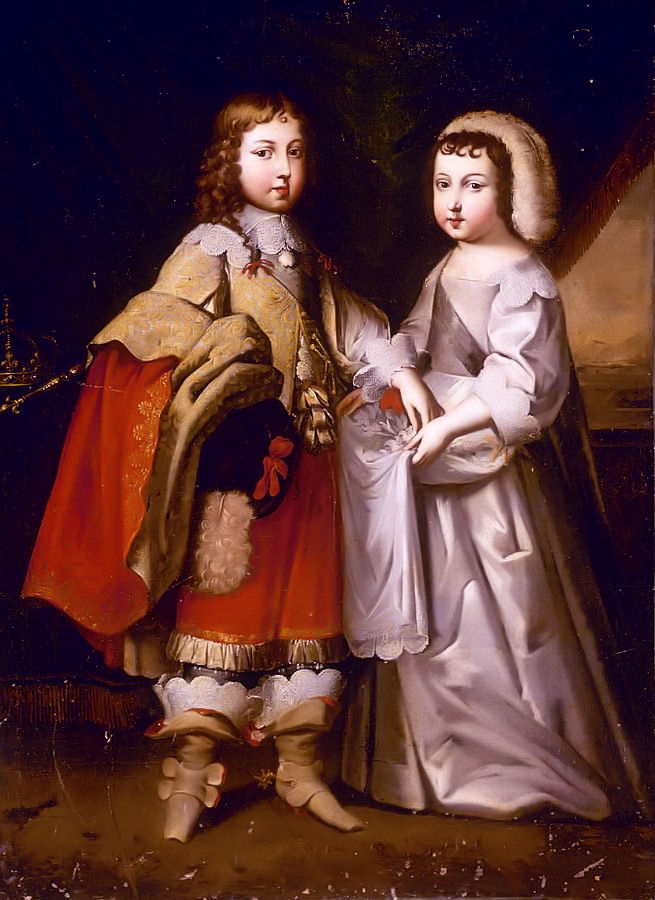
Wedding Customs
Brides could wear any colour for their wedding dress. White-coloured gowns were not so popular until the 19th century. It was not necessary to wear a new dress. Brides from humble backgrounds often would wash and clean their best gowns and decorate them with flowers and ribbons. Brides would wear flowers in her hair. The entire cost of wedding was borne by the bride’s father. In poor families, the cost was often shared by the neighbours and the local church through fund-raising events.
“Crying the Banns” is a notice that is given to the parish church for three subsequent Sundays declaring the intention of marriage otherwise it would be considered as illegal and void.
The bridesmaids help the bride to get ready for her big day. All the families and friends from both the brides and the groom’s side gather together in a procession and reach the parish church. The wedding takes place before the altar in a religious ceremony and is conducted by a minister.
In noble families, the wedding contract is signed in the day of the marriage pertaining to the terms of dowry and jointure.

The Marriage Ring
The wedding ring is worn at the left-hand ring finger. Diamonds were popular among noble families. There were mottoes which were inscribed on the outside of the band with messages like “Forever” “With everlasting Love” etc mostly done in Latin or French. Puzzle rings were very popular which had interlocking bands.
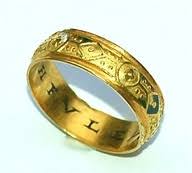
In the lesser privileged sections of the society, marriages were done even without rings. Sometimes rings were passed down by generations and it saved the cost. Widows did not wear rings as they were considered as no longer married.
